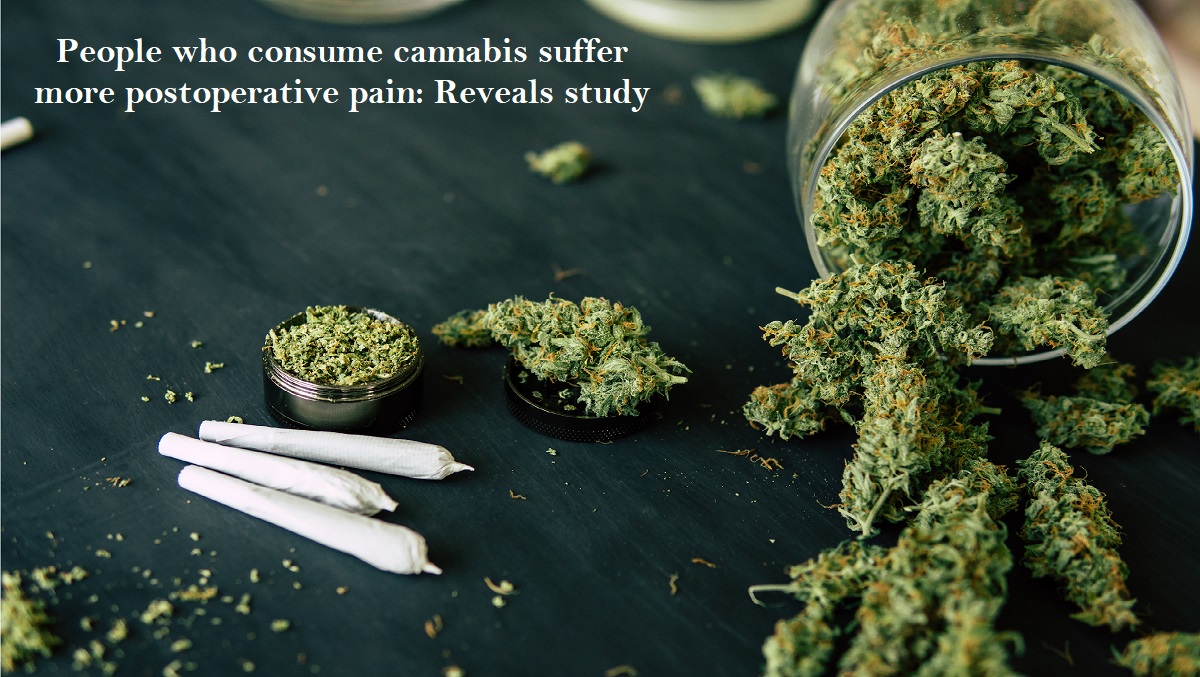
New Orleans: A study presented at the Anesthesiology 2022 annual meeting found that those who use cannabis experience higher pain after surgery than those who don’t.
‘Cannabis is the most commonly used illicit drug in the United States and increasingly used as an alternative treatment for chronic pain, but there is limited data that shows how it affects patient outcomes after surgery’, said Elyad Ekrami, M.D., lead author of the study and clinical research fellow of the Outcomes Research Department at Cleveland Clinic’s Anesthesiology Institute. ‘Our study shows that adults who use cannabis are having more — not less — postoperative pain. Consequently, they have higher opioid consumption after surgery’.
1,681 cannabis users were among the 34,521 adult patients whose data were examined who underwent elective surgery at Cleveland Clinic between January 2010 and December 2020. The patients who used cannabis did so within 30 days of their surgery, whereas the non-users had never used the drug. Compared to patients who never used cannabis, those who did so reported 14% higher pain in the first 24 hours following surgery. In addition, although the authors emphasise that this finding was not statistically significant, patients who smoked cannabis ingested 7% more opioids following surgery, which is likely clinically meaningful.
‘The association between cannabis use, pain scores and opioid consumption has been reported in smaller studies, but they’ve had conflicting results’, Dr Ekrami added. ‘Our study has a much larger sample size and does not include patients with chronic pain diagnosis or those who received regional anaesthesia, which would have seriously conflicted with our results. Furthermore, our study groups were balanced by confounding factors including age, sex, tobacco and other illicit drug use, depression, and psychological disorders’.
Dr Ekrami noted that additional research is needed to define cannabis’ effects on surgical outcomes further. ‘Physicians should consider that patients using cannabis may have more pain and require slightly higher doses of opioids after surgery, emphasizing the need to continue exploring a multimodal approach to post-surgical pain control’, he said.

Post Your Comments